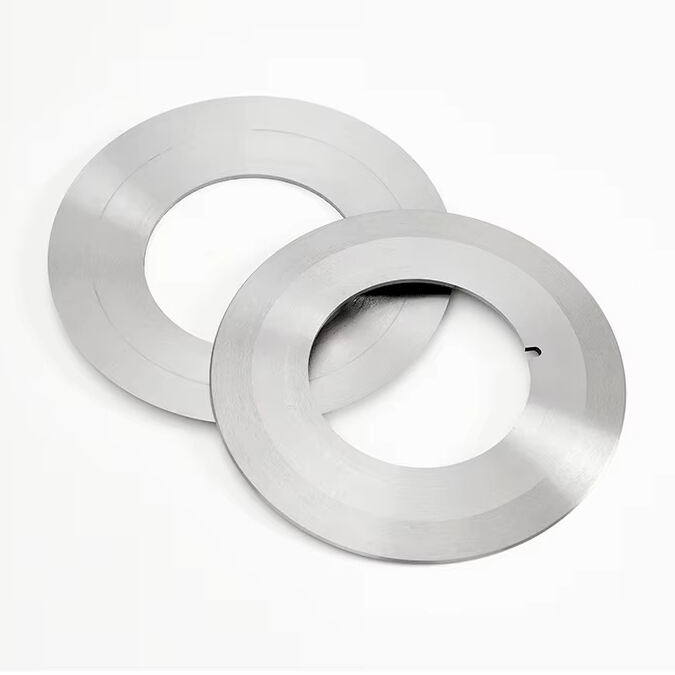Introduction
Cutting has been refined greatly, from the first stone tools to today top-notch cutting knives. Knife blades are crucial to an immense number of industries whether it be in the branch of Food Processing, Textiles or Metalworks. With the increasing demand for precision, efficiency and adaptability comes a need to advance cutting knife technology as well. Read More: What Continuous Innovation in Cutting Knife Design and Material Is Doing for the Advancement of Cutting Technology & Industries
History of Cutting Knife Invention
Cutting knives pre-date the history of man with ancient civilizations fashioning blades for hunting from flint and obsidian – also used on Mizar¥s kitchen island. Metallurgy led to advancements in cutting tools, which shifted from bronze into steel. Every technical advance in the field of material science resulted in a comparable jump forward when it came to how well these materials cut, From high carbon steel,through stainless types and on.
Cut Knife Technology at Present
Cutting knives today are made from many different materials, depending on the properties desired. Kind of as with all Japanese knives, high carbon steel is the norm for edge retention while stainless offers corrosion resistance. A ceramic knife offers a sharp as ever, and onyx… for all intents and purposes are indestructible. Nevertheless, the requirement for sharpness, wear resistance and security ahygiene remain applied in cutting technology.
Advances in Blade Material
Knife Material Science has Lead SharpnesswithErrors. Studies of steel alloys have helped scientists create knives that are 30% stronger, sharper than surgical scalpels and up to five times more durable. Thanks to tools like ceramic and diamond knives, the knife industry is being transformed into a new era where hardness comes at its highest form. On top of that, coated knives like this tend to benefit from materials such as titanium nitride (also known as pseudo gold), or diamond-like carbon(DLC) which will add performance enhancement and ensure better durability against wear and corrosion.
Innovative Design Features of Cutting Knives
Apart from the choice of materials, remarkable advancements are made in designing cutting knives. Comfort and safety are both enhanced by ergonomic handles that help reduce the potential for user injury over longer periods of use. Knives has always had specific edge profiling to cater for applications, from serrated bread knives to laser edged paper knives and blade geometry developed over many centuries of slicing surmounted in the precision cutting products we now use.
Incorporation of Technology in Chopping Blades
Including bringing technology into cutting knives. Intelligent cutting--sensors and electronics mounded on knives, where have depth measurements or pressure feedback—has been part of the research effort. For delicate cutting, especially in the food and textile industry: Lasers or ultrasonic technology.
Innovations and their Effect on Specific Industries
Cutting knives have been specifically marked by new technology and innovation in the food processing industry, as they allow improved hygiene and greater precision – requirements that are critical for quality management but constantly hard to control. The textile and clothing industry has forced the manufacturers to come up with pieces of sharp tools that would usually be clean cut even when they are interjected in layers fabrics only produce by a knife. For example, the paper & print industry depends on high-speed cutting of minimal dusting papers for which knives should be kept sharp and long-lived. In metalworking, where materials like hardened steel are more common, the ability to create stronger and higher wear resistance blades is needed.
What About the Environment and Innovation?
The increasing demand for more environmentally friendly without a doubt appreciates the production of cutting knife materials that are sustainable. Technological breakthroughs in this space aim at decreasing the occurrence of resource wastage and draining out due to slicing blade fabrication and preparation. Material selection and design is also shaped by recycling, responsible disposal of cutting knives.
Future Trends and Predictions
In the future, it is likely that progress in materials science, nanotechnology and artificial intelligence will also lead to development trends on cutting knife technology. This kind of development could result in knives with cutting performance that would be impossible without soft matter robotics, self-sharpening and predictive maintenance as an integral part.
Conclusion
Cutting edge knife and blade innovation is more than advancing devices: it's propelling the capabilities of enterprises powered by such tools. Benefits that run in parallel with other modern technological advances flowing through the industry, thereby equipping cutting processes for broader efficiency and precision. The future of cutting knife tech looks positive and might change the way we look at a cut within several industries.
Table of Contents
- Introduction
- History of Cutting Knife Invention
- Cut Knife Technology at Present
- Advances in Blade Material
- Innovative Design Features of Cutting Knives
- Incorporation of Technology in Chopping Blades
- Innovations and their Effect on Specific Industries
- What About the Environment and Innovation?
- Future Trends and Predictions
- Conclusion

